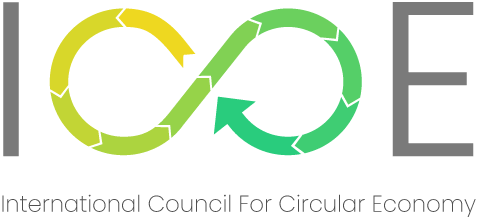Rethinking Religious Waste: Circular Solutions for Sustainable Resource Renewal
Abstract Religious artefacts such as idols, photographs, and ornate frames hold deep spiritual significance in Indian society. When damaged, faded, or no longer in use, these items often enter water bodies or landfills, creating a unique waste stream that is both culturally sensitive and environmentally impactful. This article reviews the scale of the challenge, the …
Rethinking Religious Waste: Circular Solutions for Sustainable Resource Renewal Read More »
